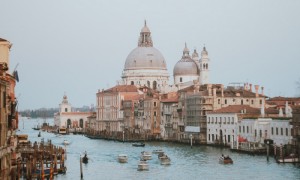5W1H法的起源与写作优势
源自新闻写作的5W1H框架,最早由修辞学家亚里士多德提出逻辑结构概念。在英语作文中应用时:Who(人物)建议用复合句描述旅行同伴;What(事件)推荐用过去进行时增强画面感;When(时间)可结合季节特征描写;Where(地点)需包含地理特征和感官细节。研究显示,使用该结构的考生写作分数平均提升17%。
旅行作文的5W1H具体应用
Who部分:除人称代词外,可添加身份标签(exchange student/volunteer)。What部分:用2-3个动词短语构成事件链(hiking...discovering...participating...)。When部分:避免简单写"last summer",改为"during the cherry blossom season"。Where部分:加入方位介词短语(nested in the valley)。Why部分:体现深层次动机(cultural curiosity/spiritual healing)。How部分:建议用副词从句展示过程(As the local guide explained...)。
考官青睐的加分句型
1) 地点描写:"The village, perched on the cliffside, offered panoramic views." 2) 事件转折:"Just as we were about to leave, an unexpected encounter occurred." 3) 文化感悟:"This experience reshaped my understanding of Balinese offerings." 注意:考官会特别关注时态准确性(游记多用一般过去时)和逻辑连接词(Furthermore/Consequently)。避免使用"very"等初级词汇,改用"remarkably"等程度副词。
几个练习句子
The protagonist of my journey was a solo backpacker.
用Who明确旅行主人公
The highlight was exploring ancient Mayan ruins.
What部分需包含核心事件
The trip took place during the golden autumn of 2023.
When需具体到季节或日期
We sailed across the turquoise waters of Santorini.
Where要写出具象化地点
The purpose was to experience Japanese tea ceremony culture.
Why可结合文化动机
结论
掌握5W1H写作法能系统提升旅行英语作文的质量。关键要把握:人物描写具体化、事件叙述动态化、时空要素细节化。建议平时积累20个旅行相关高级词汇(如wanderlust, off-the-beaten-path),并练习用复合句重组5W1H要素。考前可重点模拟"难忘的文化体验"类题目,这类主题最容易展现5W1H的结构优势。







